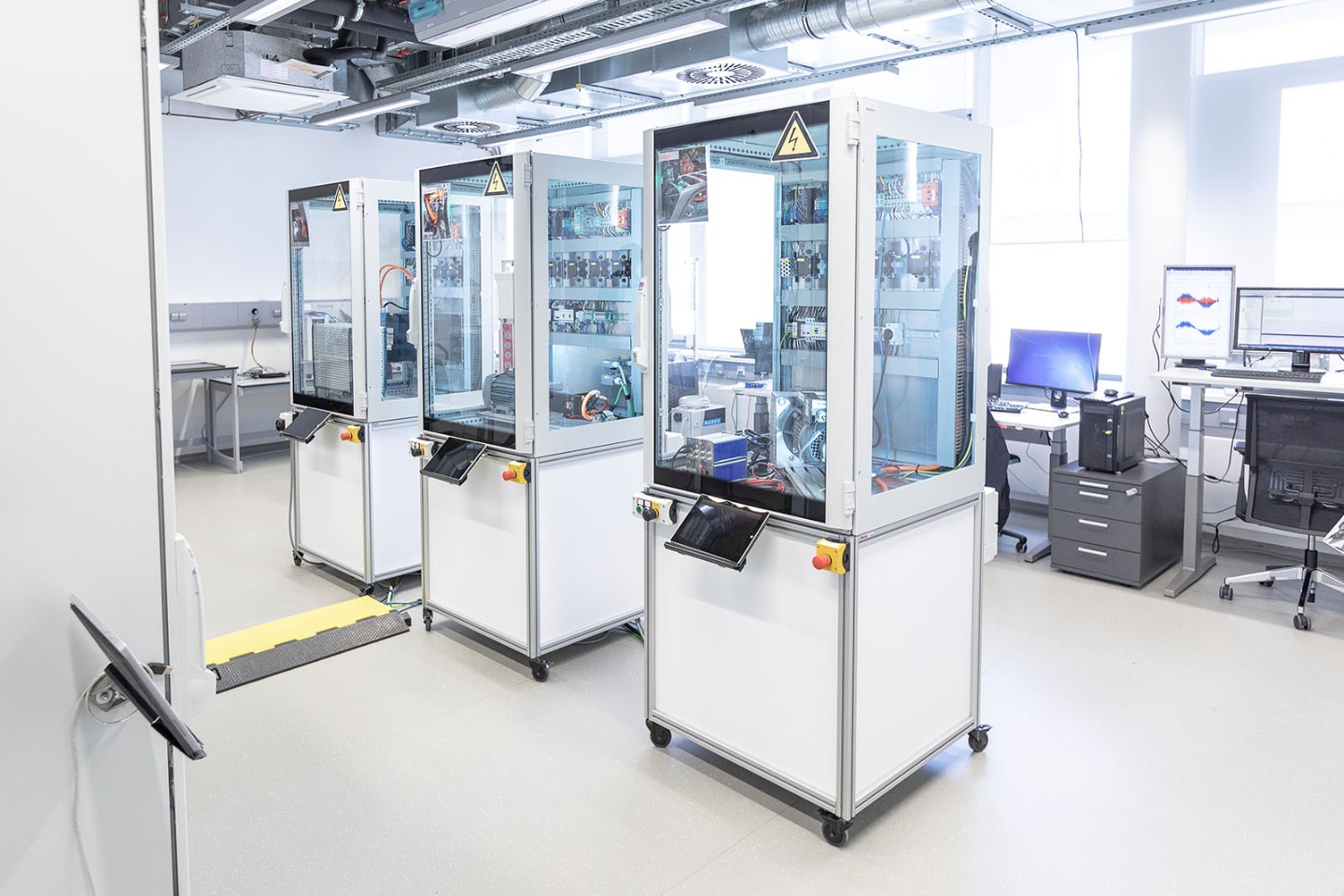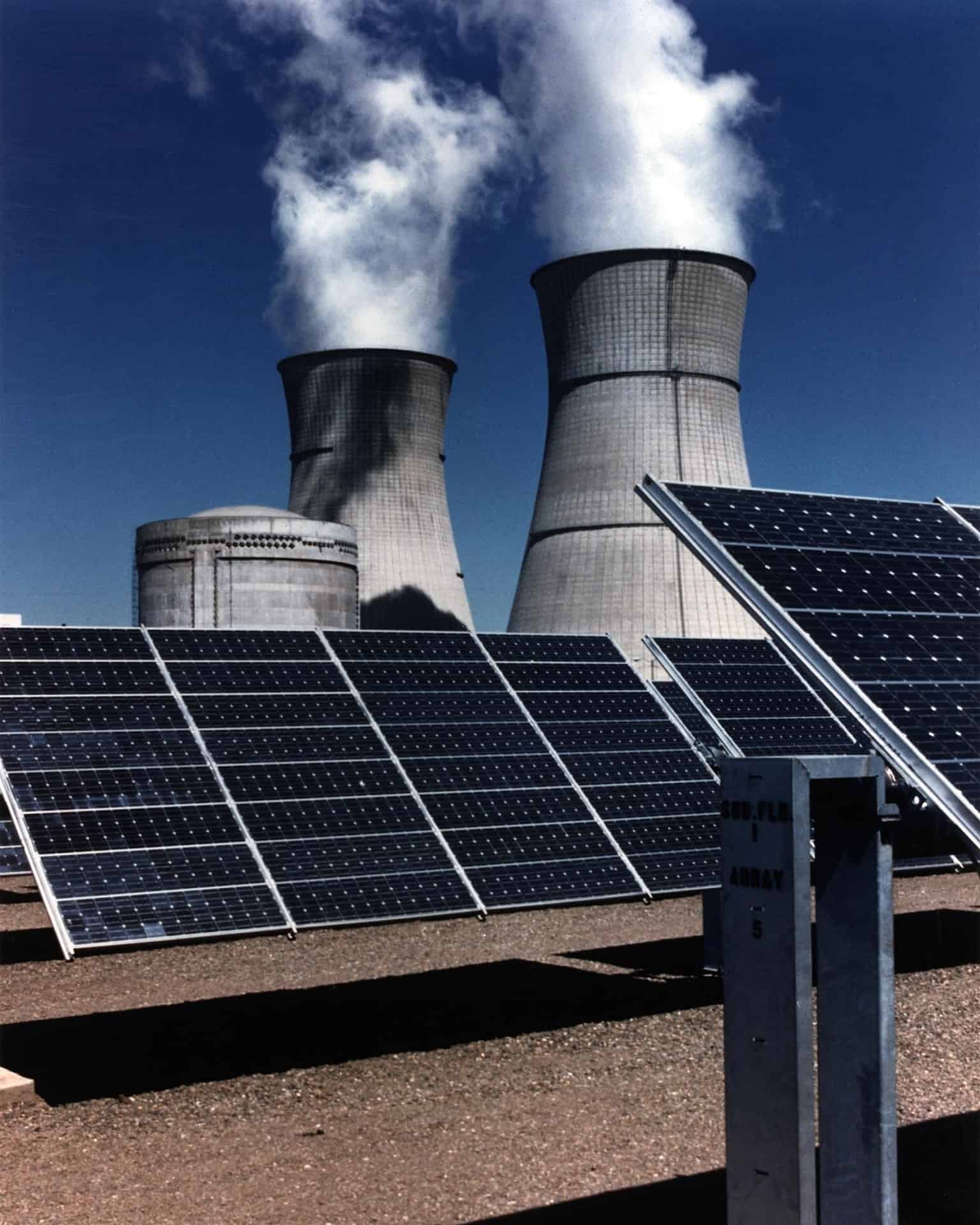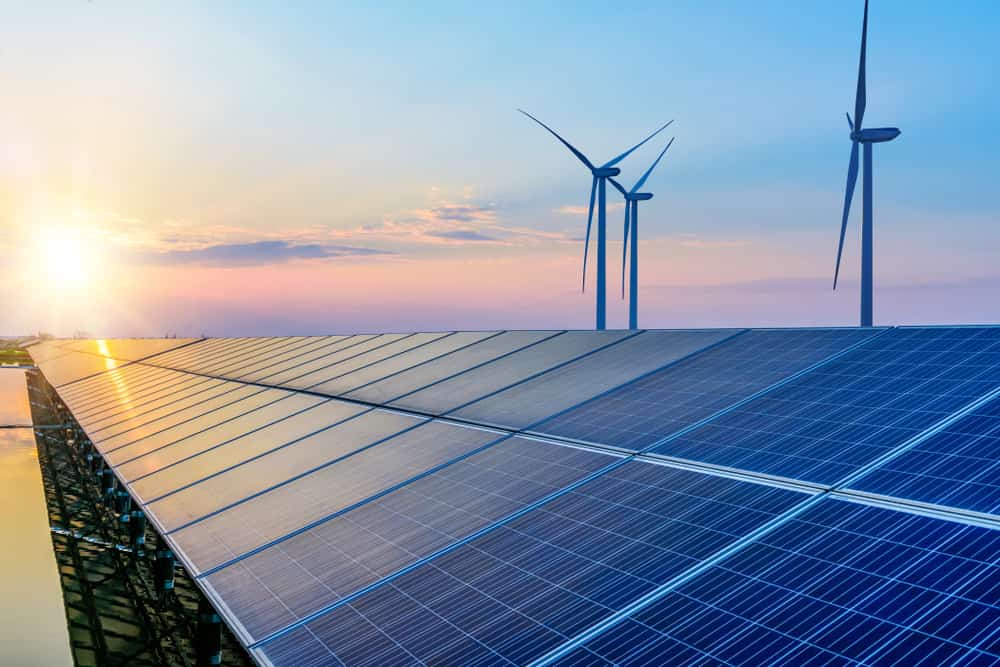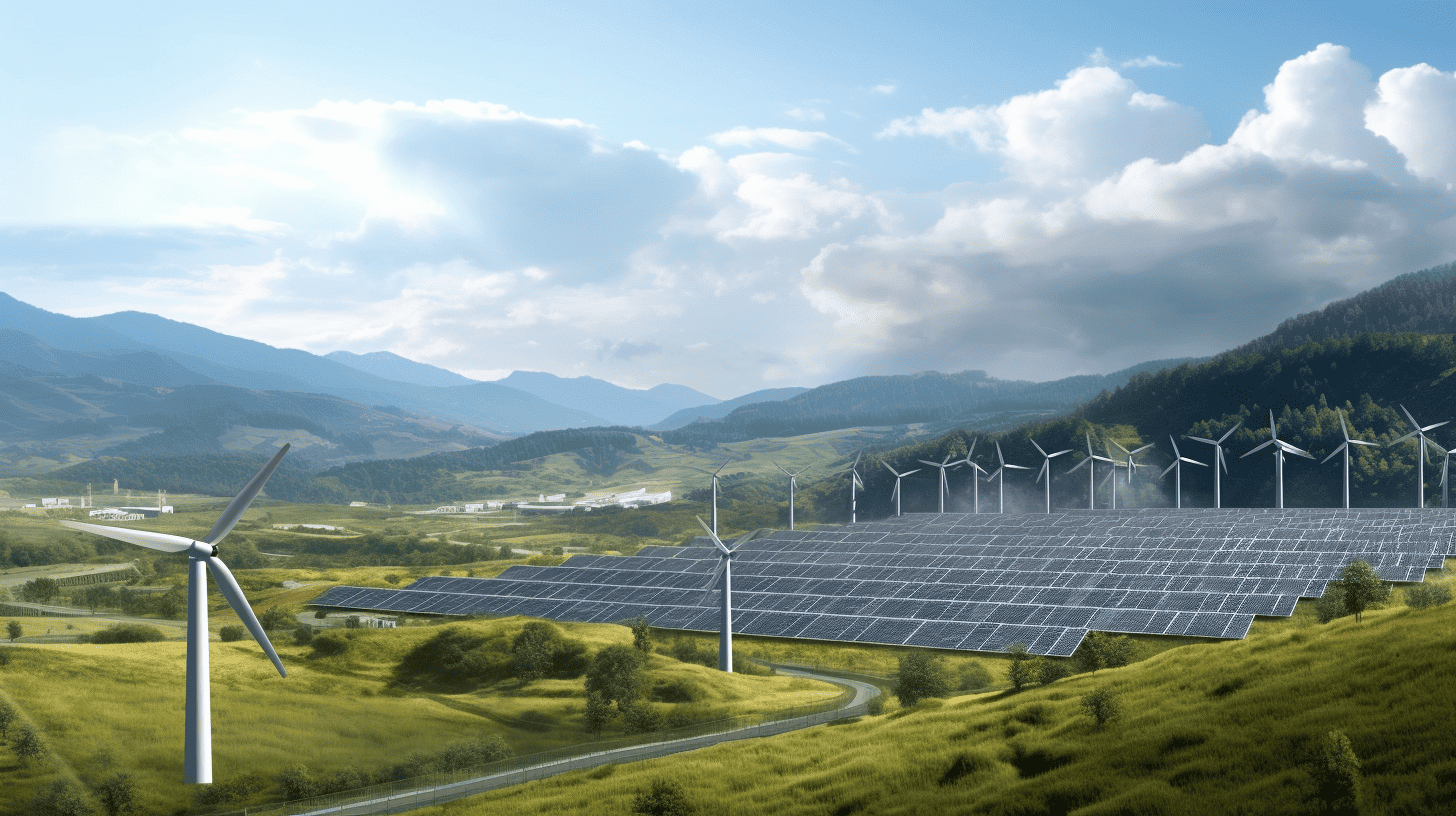
Industry, and manufacturing factories, in particular, use a tremendous amount of electricity, much of which comes from fossil fuels. One reason for this is that factories are operated on alternating current (AC). Researchers at the Fraunhofer Institutes for Manufacturing Engineering and Automation IPA and for Integrated Systems and Device Technology IISB are now working on switching the energy supply of industrial manufacturing factories to direct current (DC) for the long term.
“There are all kinds of reasons why the industry should switch from alternating to direct current,” says Timm Kuhlmann, a scientist at the Fraunhofer IPA in Stuttgart. “In everyday life, we often have to deal with direct current: Not only computers and smartphones but also LEDs run on direct current and need a power supply unit to provide this,” the engineer adds. The situation would have changed where power generation is concerned too. For example, coal-fired and nuclear power plants generate alternating current, whereas it’s specifically locally available renewable energy sources that could make direct current available “in principle,” such as photovoltaic systems. This also applies to electrochemical energy storage systems.
Alternative energy-saving actuators in manufacturing
As part of the DC-INDUSTRY 2 project, Fraunhofer scientists are working in collaboration with more than 30 partners to develop “the industrial power supply of the future,” with the ultimate aim of connecting all the electrical systems of a factory to an intelligent DC grid. The goal is to make the electrical supply more energy-efficient, stable, and flexible.
Based on the results of the previous D.C. INDUSTRY project, the researchers know that the decentralized energy regulation of a DC supply network is possible in factories. The transition from AC to DC voltage has also led to gains in efficiency of between five and ten percent. This is due in no small part to the fact that “it is easy to use surplus braking energy from speed-controlled actuators via a DC voltage network.”
To date, four test systems have been equipped with DC components from a variety of manufacturers and are already in operation. Now it is time to transfer the tested concept for a machine network to a manufacturing site, says Kuhlmann. “In the follow-up DC-INDUSTRY 2 project, we want to achieve even greater levels of energy efficiency, reduce CO2 emissions, and be able to react more flexibly to the introduction of climate-neutral technologies. With a local direct current network at the factory, it will be easier to compensate any energy fluctuations, for example, those caused by weather conditions of renewable energy sources, or increased fluctuation rates in the public supply network.”

Since the majority of the actuators used in manufacturing are variable speed actuators that are controlled by frequency converters, these convertors will also be powered by direct current. So, in order to provide a variable voltage and frequency for an electric motor, the AC voltage mains must first be converted. “Eliminating this conversion stage by directly supplying the frequency converter with DC voltage consequently cuts down on energy conversion losses and makes it easy to recover energy from braking,” the researchers explain. ” Another advantage is that the rectifier stages themselves lead to a high harmonic load on the AC grid, which necessitates complex and costly filtering methods in order to ensure the voltage quality that has been stipulated as the standard. These costs can be avoided when using a DC grid.”
Efficient energy supply with DC Smart Grid
In this new type of energy supply, load flow distribution between storage systems, grid input and renewable energy sources is decentralized and relies on the grid voltage acting as an indicator. “The great potential of direct current supply in manufacturing lies in linking all electrical systems in a factory to an intelligent DC grid. This makes it possible to improve on-site availability and quality of the electricity supply and thus increase overall productivity,” says the researcher from Fraunhofer IPA, who, together with his team, is responsible in the project for the analysis of company requirements, the conversion process, and network management. “In concrete terms, we are establishing micro-grid topologies, i.e. control clusters, which allow us to balance and coordinate energy storage, generation and usage on site. They can be operated autonomously,” Kuhlmann states.
The new grid infrastructure is based on one or more interfaces of the AC distribution grid, that provides DC voltage supply for manufacturing plants via active or passive rectifiers. All installed powered equipment such as frequency-controlled electric motors, lighting and processing technologies are directly supplied with direct current and are connected via a central DC network that operates within a voltage range of ±10 % of the nominal value of 650 volts. This enables a direct supply of energy between all actuators, such as those in robots or tool spindles, which are regularly accelerated and then braked. Parts that otherwise waste surplus energy, such as braking resistors, are no longer needed. “We can save between five to ten percent of energy by simply using direct current,” Kuhlmann adds.
Initial trials are already underway
More trials are currently underway in test sites and in Factory 56 in Stuttgart/Sindelfingen (Germany). On top of that, active, bidirectional rectifiers, so-called Active Infeed Converters, are also connected directly to the mains supply and are supplying the first units with DC power. “Bidirectional” means that energy can be offered as a service to an external AC grid if large volumes of energy capacity are on hand. It is therefore not just a one-way street. Instead, consumers also benefit from the energy transition within Industry 4.0,” according to Kuhlmann.
The project is funded by the Federal Ministry of Economics and Energy BMWi and will run until the end of 2022.
Title photo: the DC voltage factory of tomorrow is being tested in the DC laboratory at the Fraunhofer IPA. © Fraunhofer IPA/Rainer Bez






